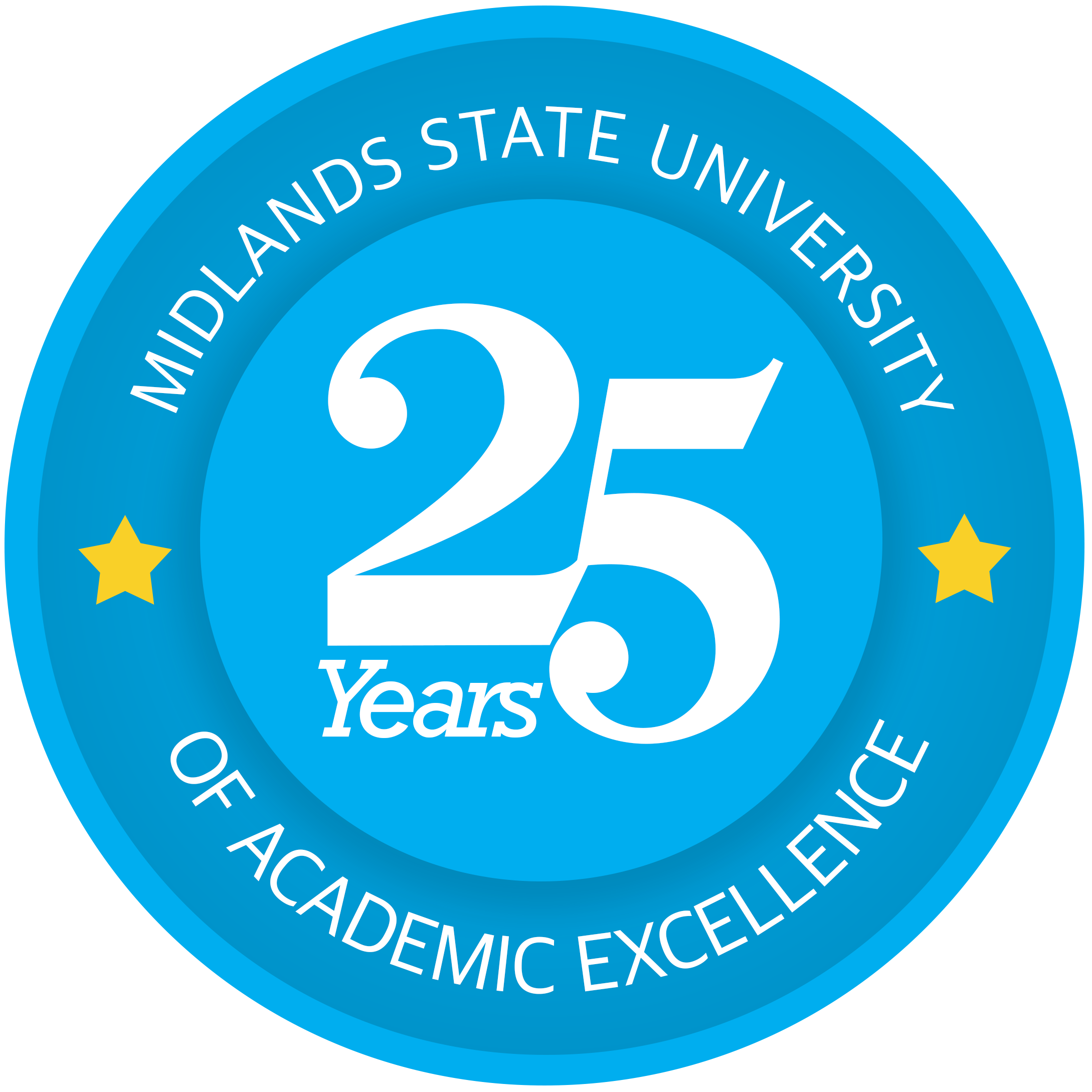Global Leaders, Ministers, and Innovators Unite to Pioneer 21st-Century Education Under the Theme: “Pioneering a Digital Future through Education and Innovation”
GWERU, 23 JULY 2025 – Midlands State University (MSU) has set the stage for a transformative leap into the digital age, hosting a landmark STEM Leadership and Strategy Symposium at its Main Campus in Gweru.
The two-day event, running from 23-24 July 2025, has drawn an unprecedented gathering of government heavyweights, academia, and global tech leaders, all united in a singular mission: to propel Zimbabwe and Africa into the forefront of the Fourth and Fifth Industrial Revolutions.
The symposium’s significance was underscored by the presence of three key government ministers: Hon. O. Ncube, Minister of State for Provincial Affairs and Devolution, Dr. T. Moyo, Minister of Primary and Secondary Education, Dr. Ambassador F. M. M. Shava, Minister of Higher and Tertiary Education, Innovation, Science and Technology Development.
Their attendance signals a resounding government endorsement of STEM (Science, Technology, Engineering, and Mathematics) as the bedrock of Zimbabwe’s economic and educational future.
“This symposium is not just a conference—it is a catalyst for national transformation,” declared Hon. Ncube, praising MSU’s National Pathology Research & Diagnostic Centre (MSUNPRDC) as a beacon of STEM excellence.
“Under President Mnangagwa’s leadership, we are leapfrogging into an era of artificial intelligence, robotics, and digital mastery. This event is a critical pillar in that strategy.”
Aligned with Zimbabwe’s Heritage-Based Curriculum encapsuled by Education 5.0, the symposium is laser-focused on “training the trainers”—equipping educators with cutting-edge skills in coding, robotics, and AI to cascade innovation into classrooms nationwide.
Dr. T. Moyo, Minister of Primary and Secondary Education, invoked Nelson Mandela’s vision, declaring: “Technology is the great equaliser—the driver of modernisation and development. This symposium ensures our teachers are armed with the tools to mould future innovators.”
The event, held in partnership with Clark University (USA) and Nelson Mandela University (SA), is a blended convergence of physical and virtual expertise, featuring presentations from leading international STEM specialists.
Professor G. Mugumbate, MSU’s Pro-Vice Chancellor for Research, Innovation, and Industrialisation, delivered a rousing keynote on behalf of Vice Chancellor Professor V. N. Muzvidziwa, electrifying the audience with a bold vision:
“We are not just teaching—we are igniting a revolution! From correctional facilities to classrooms, we are embedding coding, robotics, and AI into the very fabric of Zimbabwe’s future. This is Education 5.0 in motion—inclusive, disruptive, and unstoppable.”
The symposium is more than talk—it’s a launchpad for immediate action. Dr. A. Moyo, Executive Dean of MSU’s Faculty of Education, revealed an aggressive follow-up plan: Policy frameworks to institutionalise STEM in Zimbabwe’s education system.
“We are crafting the blueprint for a digital Zimbabwe,” Dr. Moyo asserted. “This is where academia, government, and industry converge to build the future—today.”
The symposium arrives at a pivotal moment as Africa reclaims its place in the global tech revolution under Agenda 2063: The Africa We Want.
With dedicated partners, MSU is positioning Zimbabwe as a continental leader in STEM education.
“The Fourth Industrial Revolution will not wait—and neither will we,” proclaimed Dr. A. Moyo.
“Together, we are scripting a new narrative for Africa: one of innovation, inclusion, and unstoppable progress.”
The event also marks MSU’s 25th anniversary, symbolising a quarter-century of excellence—and a bold stride into the next era of transformative education.
Sponsored by leading corporates in Zimbabwe including, Netone, Telone, JR. Goddard, Powertel and National Social Security Authority, the symposium stands as a testament to what collaboration can achieve when visionaries unite.
As the sun sets on Day One, one message rings clear: Zimbabwe’s digital future is not on the horizon—it is here.


